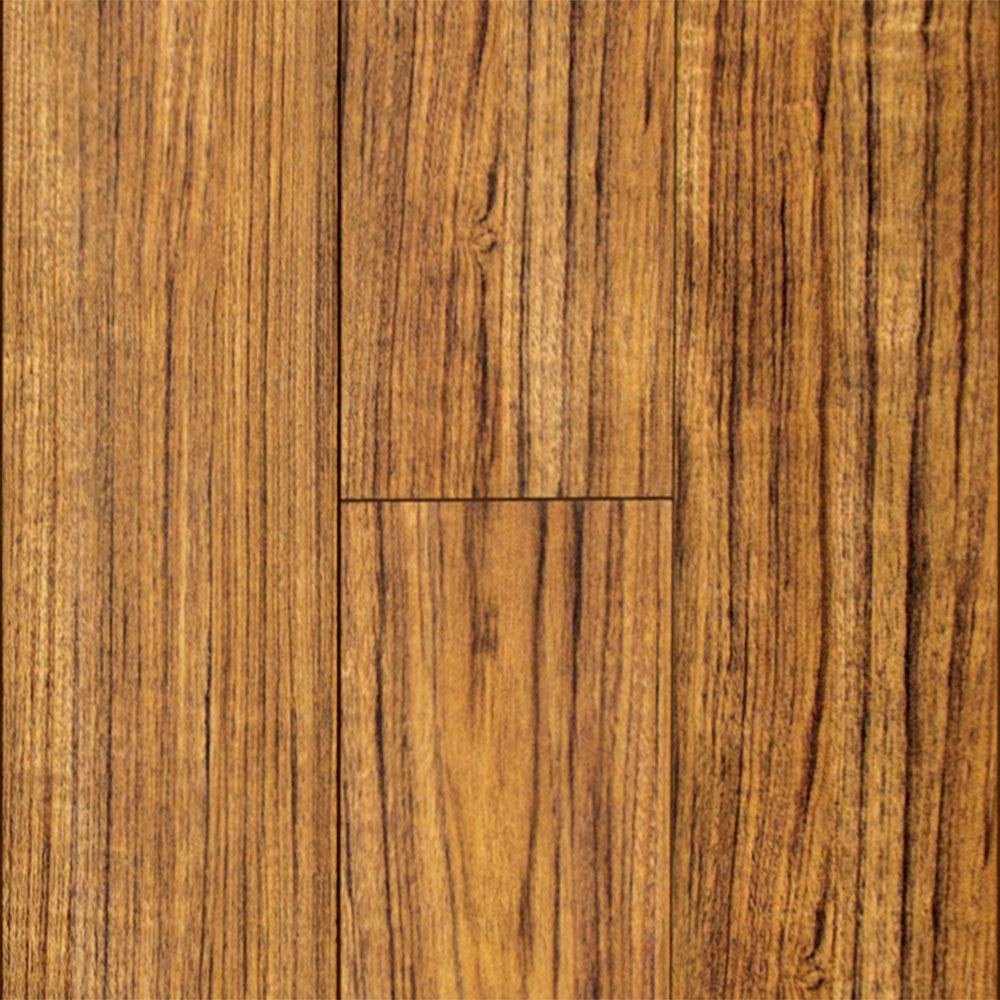- Home
- Education
- Flooring Basics
- Choosing Vinyl Plank Flooring Thickness
Choosing Vinyl Plank Flooring Thickness
Vinyl plank flooring thickness can refer to plank or its wear layer. Here is how to choose the right thickness for your vinyl flooring project.
Understanding Vinyl Plank Flooring Thickness
Does the thickness of vinyl plank flooring matter? Absolutely! In fact, vinyl plank flooring thickness plays a key role in the performance of your floor. Just imagine installing beautiful wood-look vinyl, only to find that a thicker plank would have been better for your rough-and-tumble household. Or perhaps, you’re installing vinyl plank in a room that sees very little activity? In that case, you might want to go with a thinner plank and save some money. Our vinyl flooring thickness guide will explain what exactly we mean by thickness, along with what you should consider when selecting vinyl planks for your project.
What’s Vinyl Plank Flooring Made Of?
Individual vinyl planks consist of multiple layers, working together to create wood-look and stone-look flooring that’s both beautiful and waterproof. The top layer is the protective coating known as the wear layer. Beneath that is the décor layer, which gives the plank its wood or stone look as well as its color. Next is the core, which adds stability and is what determines the thickness of the plank. Some planks also feature an additional pad, which again adds to their overall thickness.
You’ll come across two different kinds of vinyl plank flooring—luxury vinyl plank (LVP) and rigid vinyl plank (RVP). RVP is the thicker product because of its core construction. At LL Flooring, all of our RVP flooring has a core made from stone-polymer composite, which offers superior stability and dent resistance compared to many other RVP products on the market.
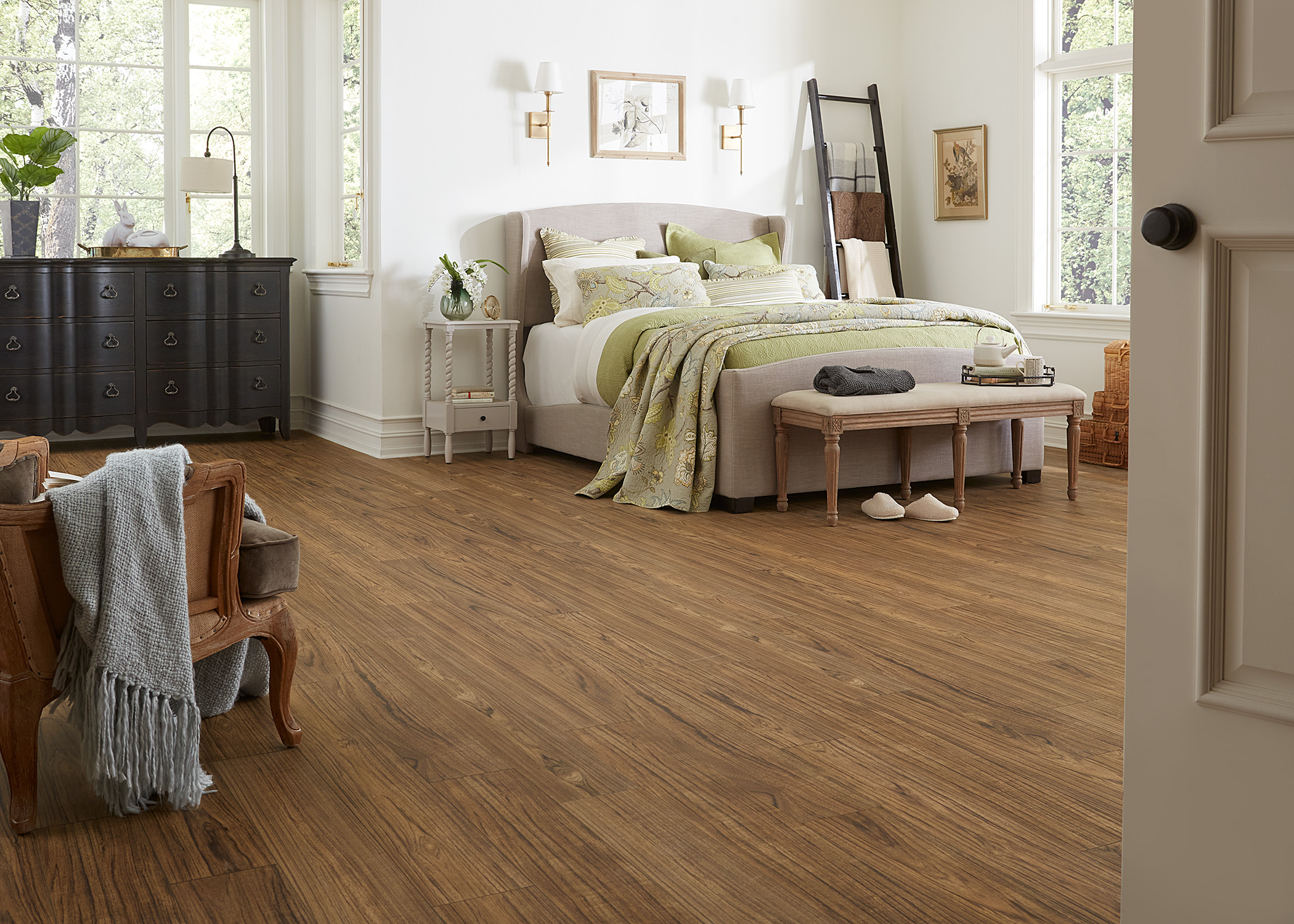
CoreLuxe XD Bali Teak Waterproof Rigid Vinyl Plank Flooring with attached pad.
Does the Thickness of Vinyl Flooring Matter?
The short answer? Yes. But before we go on, it’s important to differentiate between the thickness of the plank and the thickness of its protective coating.
The Wear Layer of Vinyl Plank
When it comes to the resilience of vinyl plank flooring, the thickness of the wear layer is key. This is the measurement you want to look for first when determining how well your new flooring will hold up under rigorous activity. The number is expressed in mils, which is distinct from millimeters (mm). A mil is a thousandth of an inch, or .0254 mm. For reference, a typical credit card is 30 mils thick, or .76mm.
At LL Flooring, we take care to provide a thicker wear layer on our vinyl plank flooring than most other brands. Many of our CoreLuxe RVP planks feature a 20 mil wear layer—well above the 12 mil standard residential thickness, making it suitable for commercial use too. We also offer a 28 mil option that's hard-wearing enough for commercial use. Our designers have found that at 30 mils the wear layer starts to obscure the details of the décor below, so find the right balance for your needs.
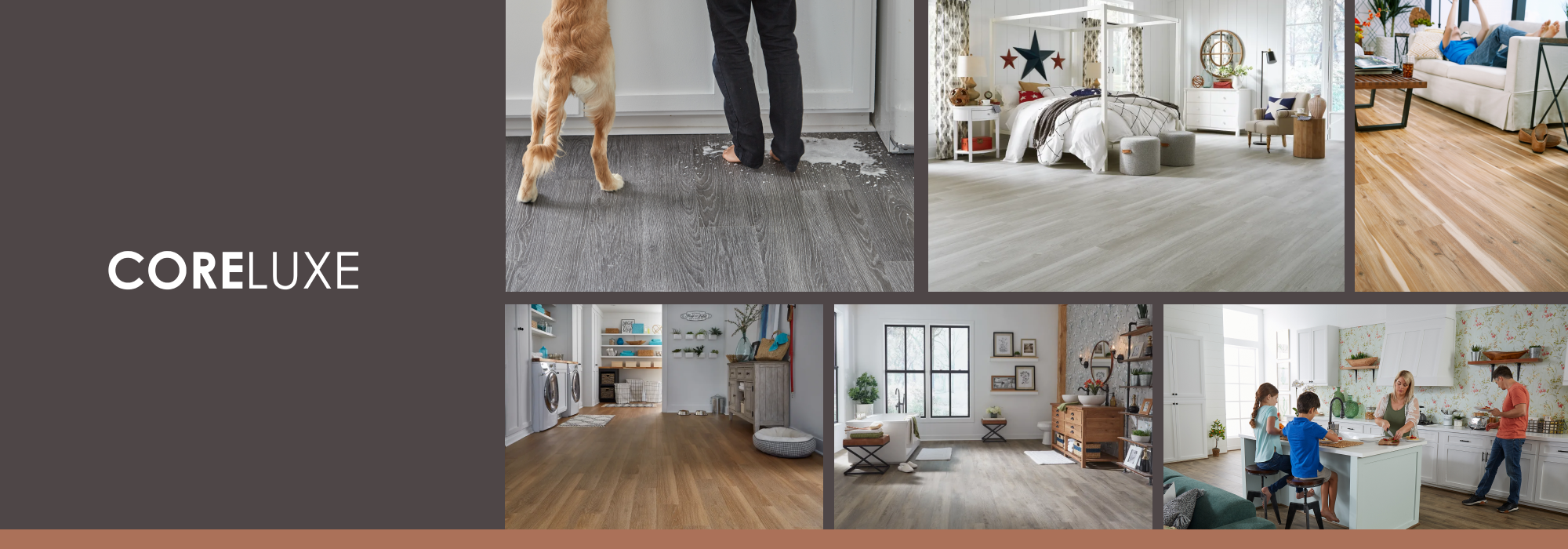
Technological advances have also produced a different kind of wear layer that’s not expressed in terms of thickness. The Harmony Collection from CoreLuxe features, an innovative UV-cured surface that, while thinner than the traditional wear layer, is just as strong and offers additional stain resistance and reduced visibility of scratches.
The Plank
The thickness of the actual plank is what helps to give your floor its sound-reduction properties, sturdiness, and comfortable feel underfoot. Thicker planks might also be beneficial if you need to match the height of adjacent flooring. Many of our CoreLuxe planks are 5mm or 6mm thick, but we also have 8mm planks for rooms where you might want more thermal and sound insulation, or your subfloor isn't as perfect as you'd like. These ultra-thick planks are also great for supporting heavier items. LL Flooring also has other thickness options available for both commercial and residential use.
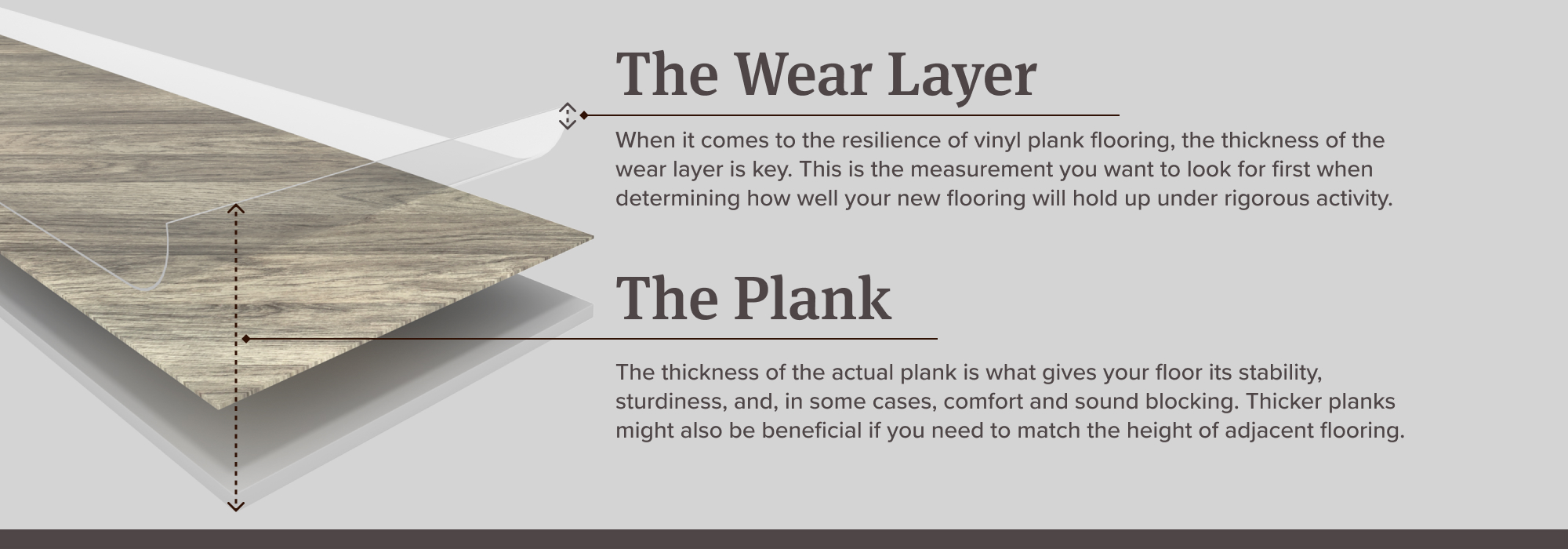
How Thick Should Vinyl Plank Flooring Be?
The thickness of your vinyl flooring—both in wear layer and planks—should depend primarily on the amount of activity in your space and the weight your floor will have to support. You’ll want a robust wear layer for play areas, entryways, and any areas with lots of foot traffic and, therefore, the potential for scratches and scuffs.
A home office containing heavy furniture and equipment is also a good candidate for thicker planks. If you have chairs, desks, and other items with caster wheels attached, a more substantial wear layer will help prevent damage from all of the rolling. And, of course, commercial spaces would benefit from the wear resistance and stability of thicker vinyl planks.
Additionally, consider thicker planks are a good choice in areas with heavy items occupying them, whereas thinner planks are suited to areas with low traffic. And, because thinner planks usually cost less, they’re a good option for those on a tighter budget.
A Word About Underlayment
It's always a good idea to consider adding underlayment between your subfloor and vinyl planks, especially if you're installing floating floors. Underlayment adds comfort, as well as increased insulation and sound muffling. See the warranty, installation, and care guide for your vinyl product for underlayment suggestions and requirements. We also carry a very large selection of vinyl plank flooring with attached padding, which helps to add cushioning between your feet and your subfloor.
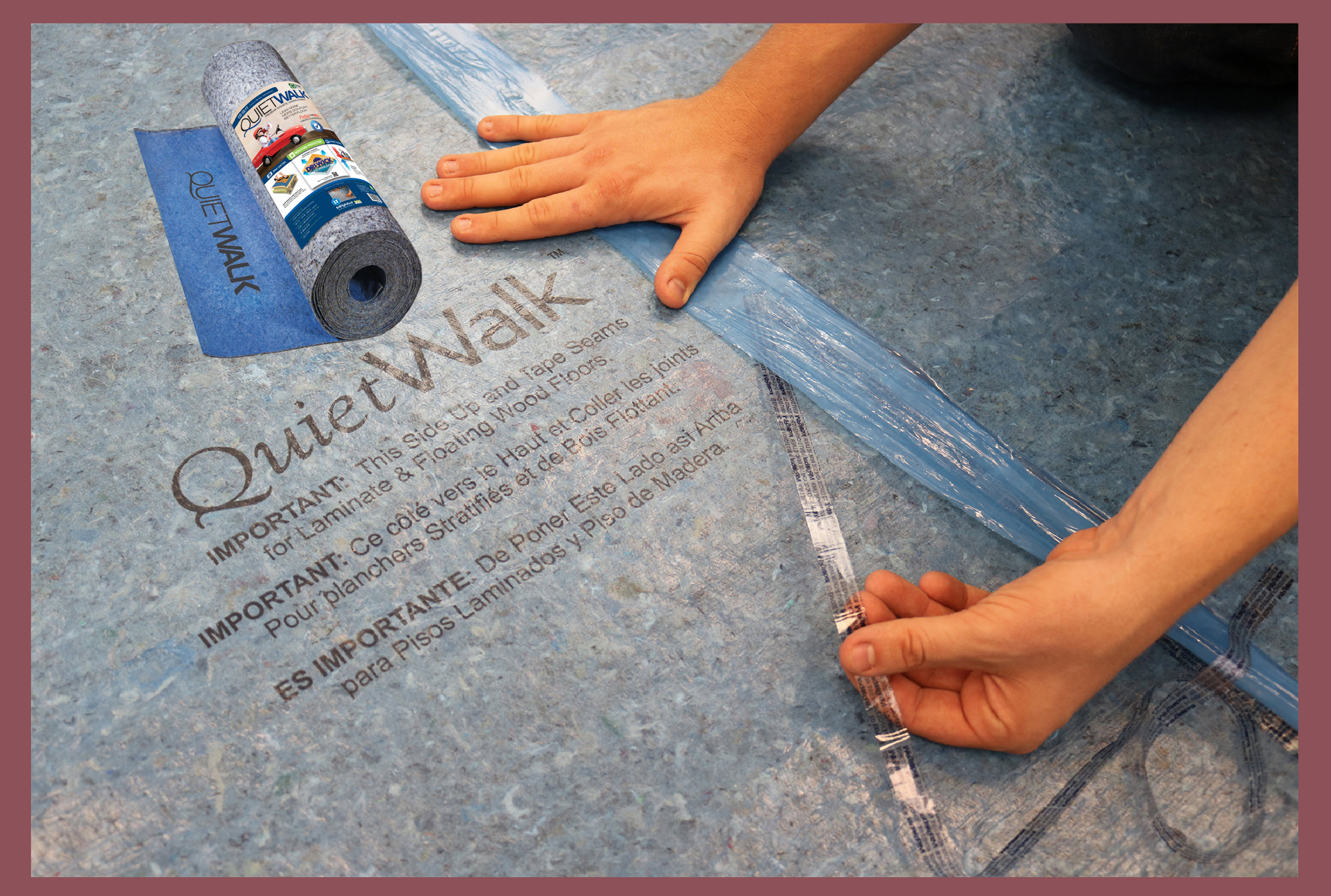
For many, the choice of vinyl plank flooring has as much to do with performance as aesthetics. That’s why plank thickness is important to consider when making your final selection. At LL Flooring, we offer a range of thickness options so you can get the realistic wood and stone looks you want with the performance you need.
Browse our selection of vinyl plank flooring and check out our Flooring 101 for more information, including installation tips.
ALSO, do you learn about home improvement & design by watching informative videos?
Please SUBSCRIBE to the LL Flooring YouTube Channel to learn more, leave comments that helped you, and join the community!
In the short video below, see and hear the differences in bounce and sound when the same golf ball is dropped on a vinyl plank flooring sample. It is our goal to help learn everything you can to make your best decisions about your flooring, home, and installation.
And in this video, Mark shows a fun magic trick you can try with any flooring installation, and then demonstrates key steps before planks are actually put down.
